7207ENG - Lean Production: Waste Reduction and Efficiency Review
VerifiedAdded on 2023/06/07
|5
|770
|100
Report
AI Summary
This report provides an overview of lean production, a systematic approach to minimizing waste in manufacturing systems while maintaining efficiency. Originating from the Japanese manufacturing industry, lean production utilizes tools to eliminate waste, improve quality, and reduce costs and production time. The literature review defines lean production, outlines its benefits such as reduced manpower and expenses, and identifies barriers to implementation, including resistance to change and initial costs. The research methods included interviews, surveys, and reviews of publications. Data collection highlights the Toyota Production System as a successful implementation of lean principles. The report concludes by recommending employee education and training before implementing lean production to ensure understanding and success. Desklib provides access to similar solved assignments and study resources for students.
1 out of 5
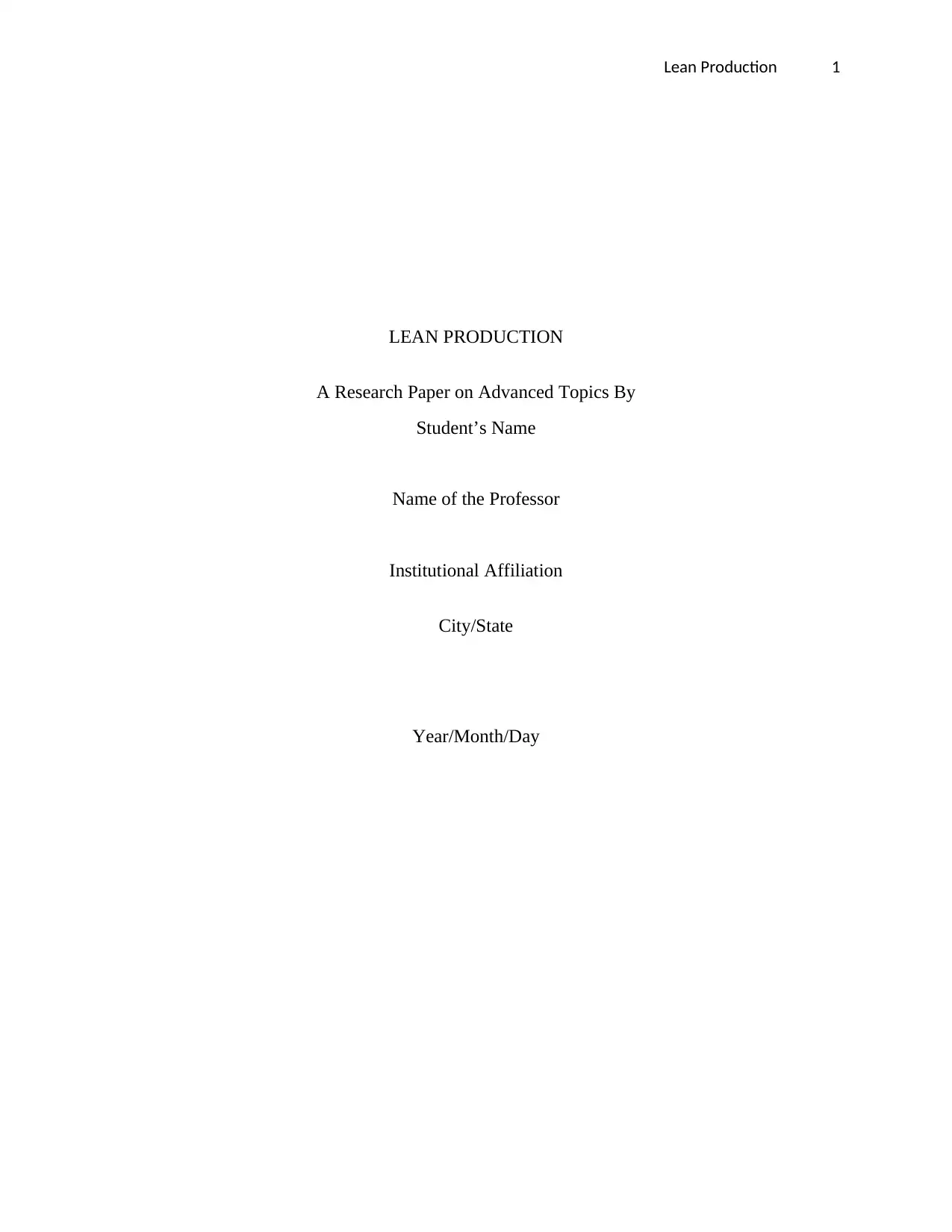
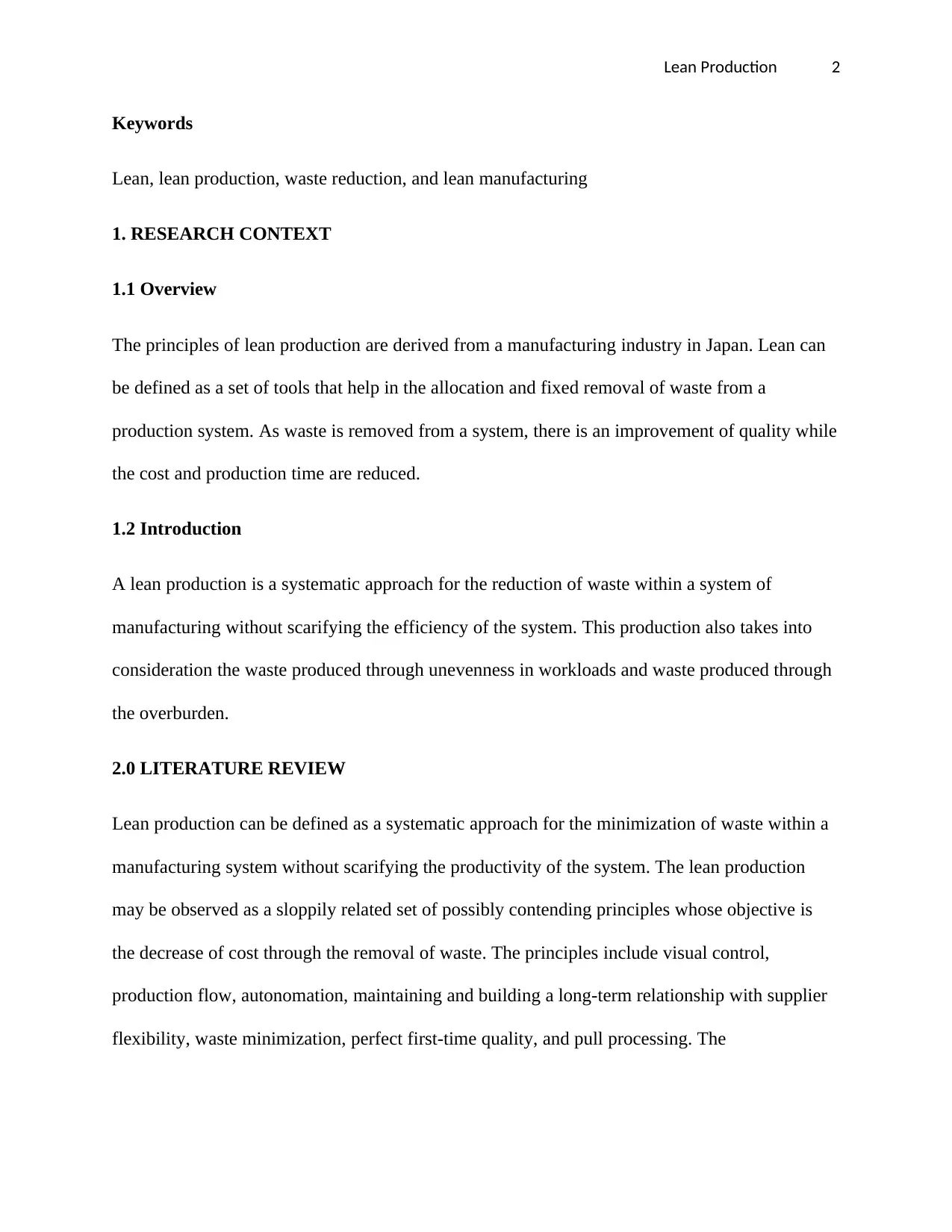
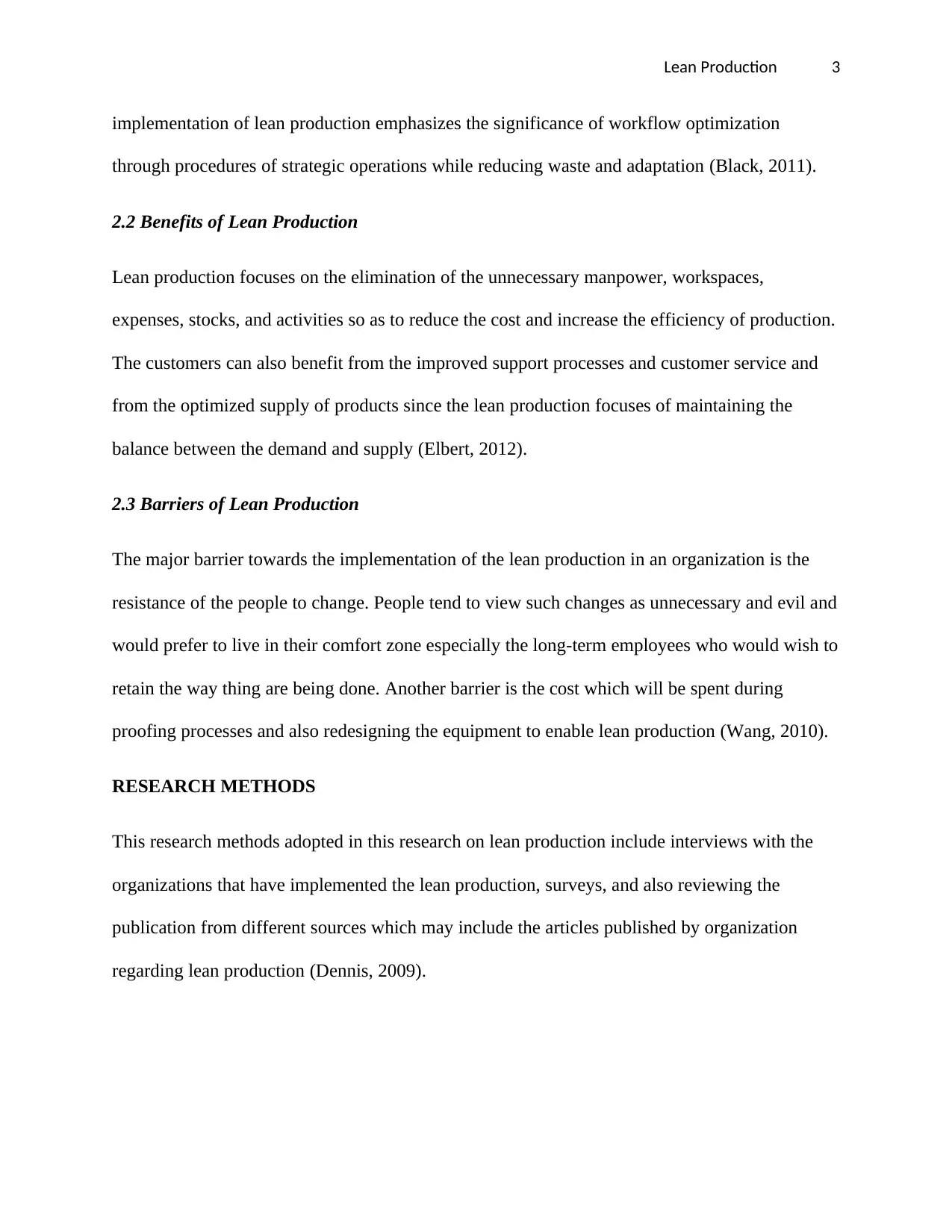

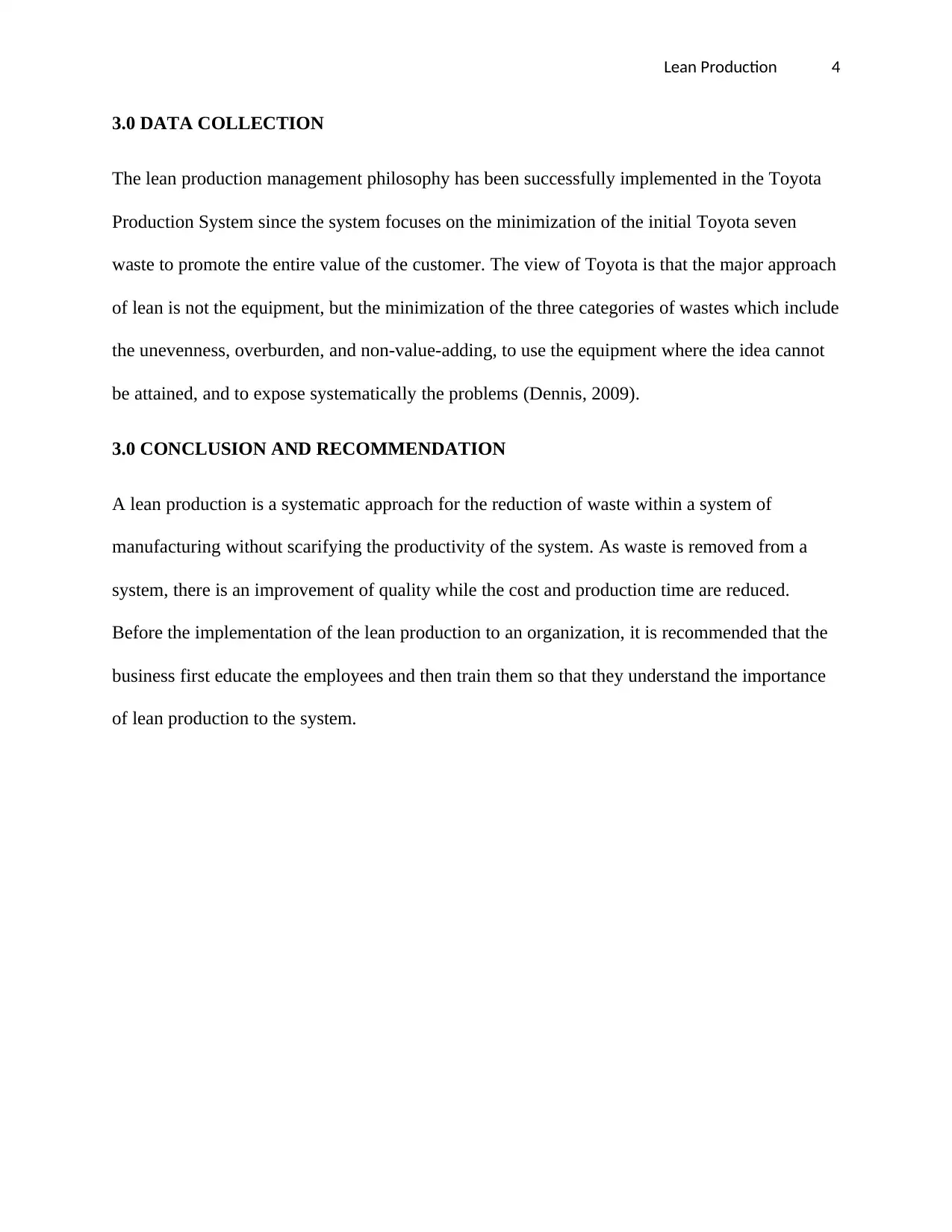
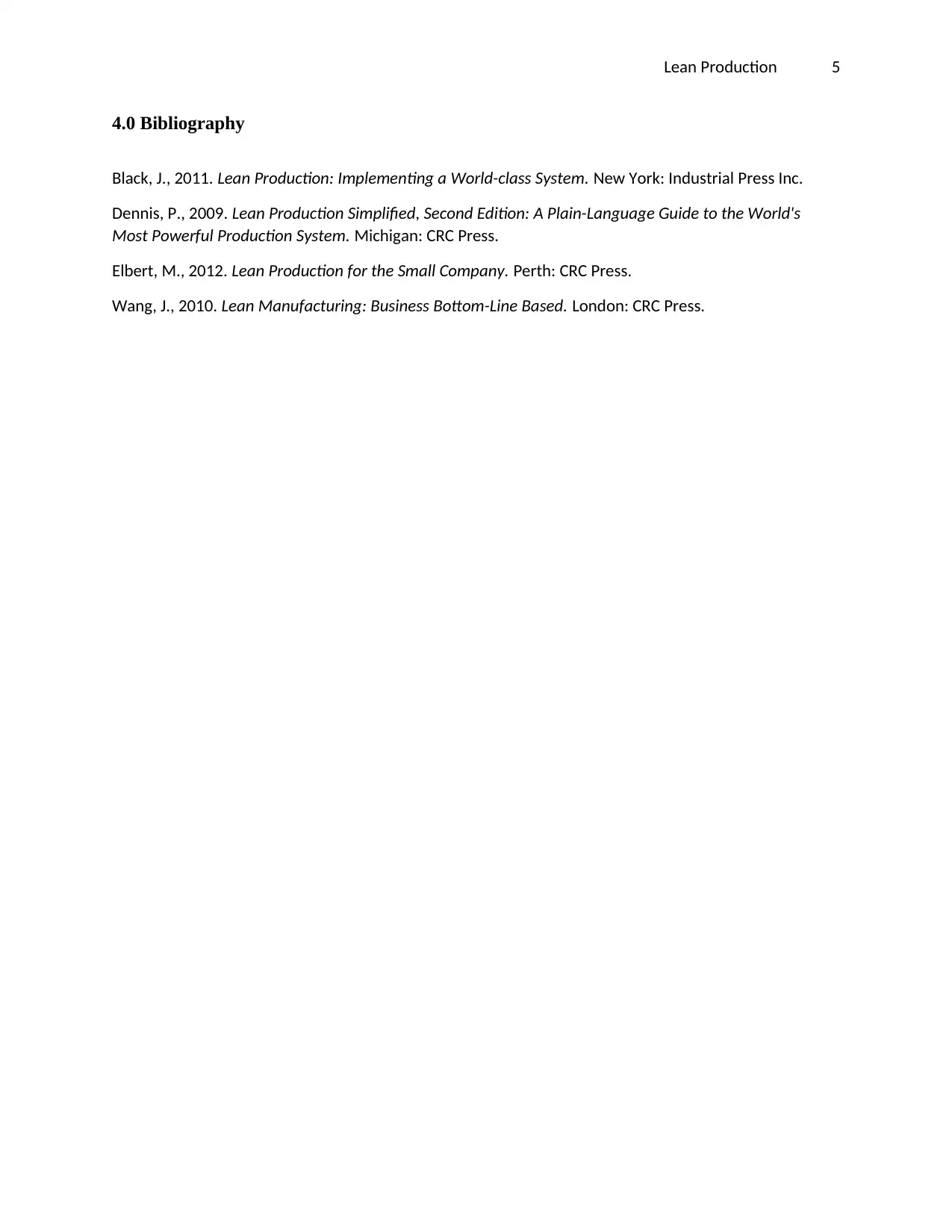






![[object Object]](/_next/static/media/star-bottom.7253800d.svg)